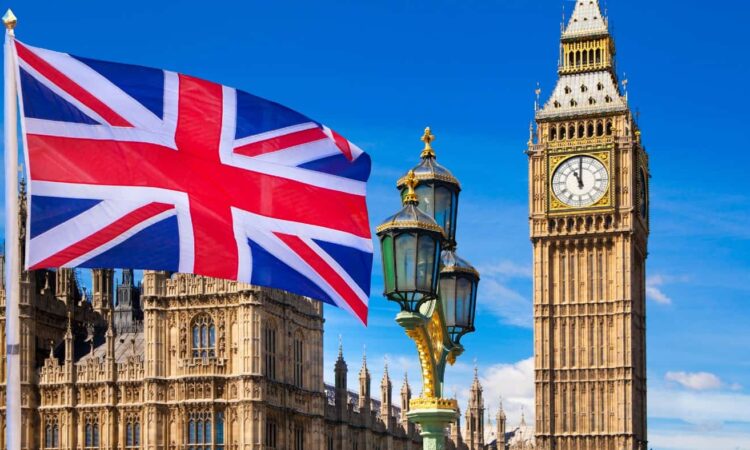

Image source: Getty Images
Before the UK referendum to leave the European Union in June 2016, my wife and I held a large proportion of our family portfolio in UK shares. However, following the ‘Yes’ vote to Brexit, we quickly reduced our exposure to the FTSE 100 and to UK shares in general.
Betting on America
From mid-2016 until late 2021, we invested most of our liquid wealth into US companies. This proved to be a profitable move, as US stocks thrashed UK shares over those years.
For example, over the past five years, the US S&P 500 index has risen by over 54%, while the FTSE 100 has lost 2.4% of its value over this half-decade. Both figures exclude cash dividends.
However, in late 2021, I repeatedly warned that US stocks were deep into bubble territory and poised to crash. As a result, we de-risked our family portfolio, reducing our exposure to overhyped US stocks.
So where did our money go in 2022-23? Mostly into the FTSE 100, which I still see as among the most undervalued stock indices in the world today.
The Footsie looks dirt cheap to me
Over the past 18 months, my wife and I have been investing more and more of our spare cash into cheap UK shares. That’s because I firmly believe that — both in historical and geographical terms — the London stock market is unloved, underrated and undervalued.
For example, the S&P 500 trades on a trailing (that is, historic) rating of around 18.6 times earnings. This translates into an earnings yield of roughly 5.4% a year. Meanwhile, the FTSE 100 trades on a lower price-to-earnings ratio of 14.6, for a higher earnings yield of 6.9%.
In other words, the Footsie is ‘cheaper’ than the S&P 500 — in these terms, at least. Then again, history shows that US companies tend to grow their earnings much faster than UK firms, so perhaps this market discount is justified?
In addition, the S&P 500 offers a modest dividend yield of under 1.7% a year, while the Footsie’s yearly cash yield is 3.7% and rising. However, US firms tend to reinvest their profits into future growth, rather than returning them in cash to shareholders.
Even so, as a long-time value/income/dividend investor, I welcome this stream of FTSE 100 cash. I can use it to buy even more shares, or help pay my ever-rising household bills.
Now for some bad news
Of course, some global investors have good reasons for avoiding UK shares.
Political uncertainty and the fallout from Brexit have made some shareholders wary of investing in Britain. Meanwhile, sky-high inflation, falling household incomes and slowing economic growth make the UK less attractive to foreign buyers.
Today, the entire UK stock market is valued at just £2.5trn, which is just a tiny fraction of the global stock-market valuation of over $100trn (£80.6bn). But while the London market may be small, I see it as beautiful.
Despite these various concerns, we’ll keep pumping some of our cash into cheap UK shares. After all, around 70% of FTSE 100 earnings come from overseas. Hence, I see this index as a cheap way to buy future global growth on the cheap!






